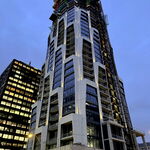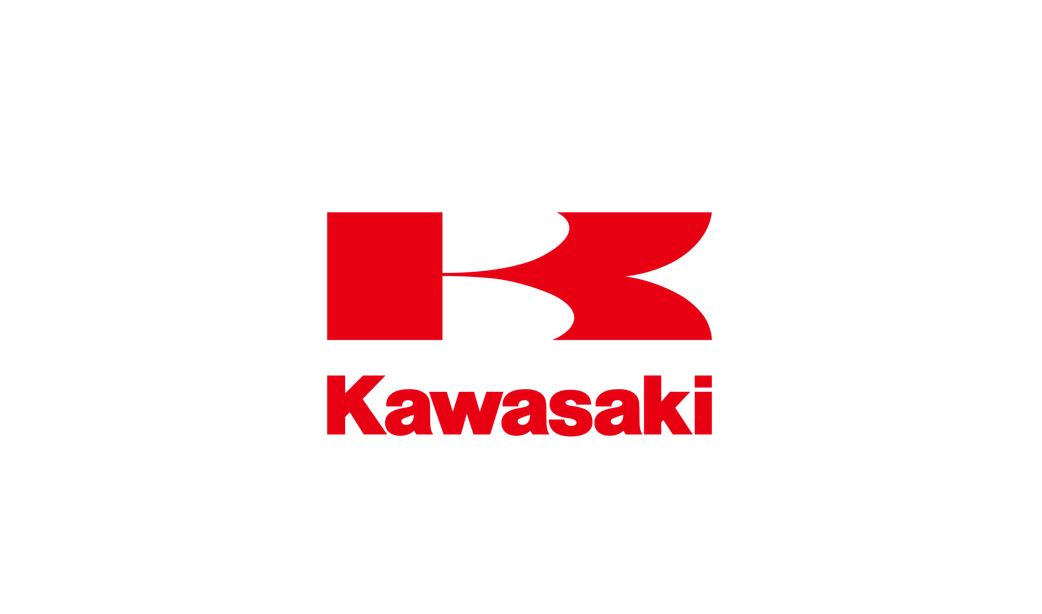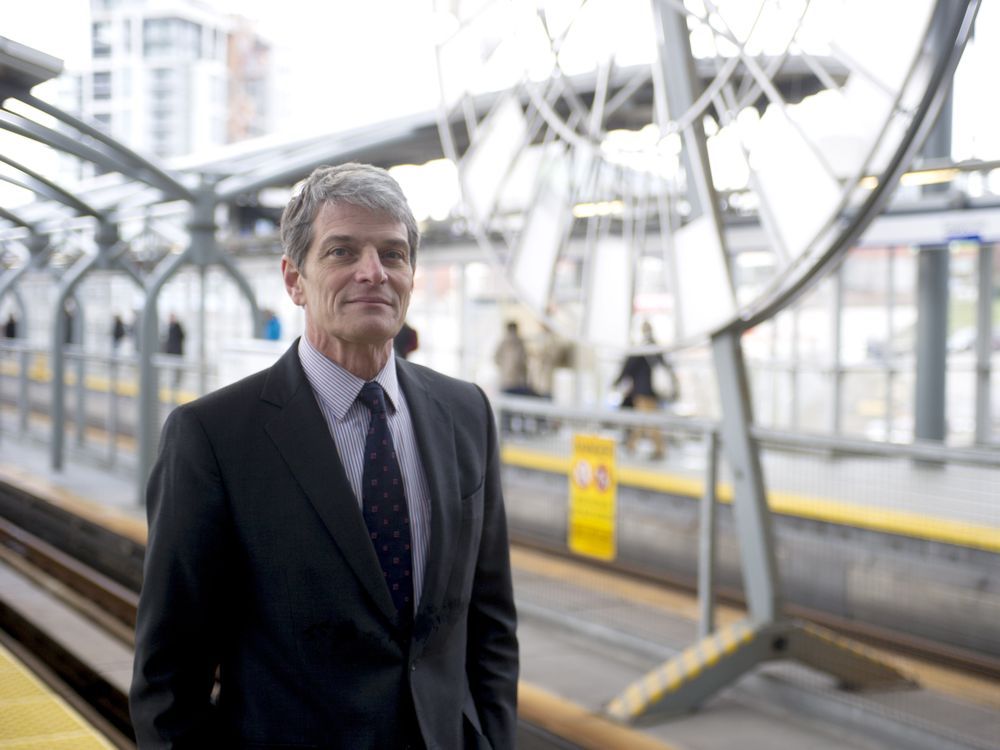Public Meeting of the Mayors’ Council on Regional Transportation
REVISED AGENDA PACKAGE, April 25, 2019
PURPOSE:
The purpose of this report is to respond to the Mayors’ Council direction that TransLink staff report back
with information on SkyTrain technology and TransLink’s practices to ensure competitive procurement
processes.
BACKGROUND:
On February 15 the Mayors’ Council received a report on Rail to UBC and endorsed SkyTrain as the
technology basis to advance to the next stage of development for a rail project from Arbutus to UBC.
During discussion, comments were raised about SkyTrain technology and questions were asked about
whether SkyTrain is proprietary and how TransLink can increase competition for future SkyTrain
procurement efforts. A motion was passed requesting additional information in response to these
comments and questions.
This report provides a factual overview of the history, technology, procurement methods and market
competitiveness related to SkyTrain.
DISCUSSION:
SkyTrain launched in 1986 for Expo ’86
“SkyTrain” is the brand name used for grade-separated automated rail rapid transit in Metro Vancouver
and includes the Expo, Millennium, and Canada lines. When SkyTrain was launched in 1986 for Expo, it
was one of the world’s first driverless, automated rapid transit systems. Since that time, our automated
SkyTrain system has served the region well, with 79 kilometres of track, 53 stations, and a record 160
million boardings in 2018.
Driverless, automated vehicles are the new norm for rapid transit
SkyTrain was one of only three automated systems in 1986 but now there are more than 65 fully
automated lines in 42 cities worldwide that account for 1,052 kilometres in operation. In addition, major
systems, including the Metro in Paris and Underground in London, are upgrading their busiest lines to be
automated and driverless. Being an early adopter of this technology has paid off in several ways.
First, automation is economical. Without the need to staff trains over the past 30 years, the region has
invested additional resources into the maintenance and expansion of the system. Second, driverless
technology promotes rail safety because it reduces the potential for human error. Third, automation
increases capacity because trains can run more frequently than conventional rapid transit, which allows
the system to move more people, more quickly.
SkyTrain is a brand name, not a technology—there are multiple technologies working together to
make the system work
Statements made that SkyTrain is “proprietary” to SNC Lavalin and Bombardier (or any other specific
manufacturer) are false. SkyTrain is the brand name associated with grade-separated automated rail rapid
transit in Metro Vancouver.
The technology underlying SkyTrain consists of trains powered by a linear induction motor (LIM) and
controlled by a communications-based train control (CBTC) system. Neither LIM nor CBTC are proprietary.
The SkyTrain technology combining LIM and CBTC was conceived in the 1970s as the Intermediate
Capacity Transit System (ICTS) by the Urban Transportation Development Corporation (UTDC), an Ontario
Crown Corporation. UTDC was subsequently privatized and sold to Bombardier in 1991, however
Bombardier does not hold patents that would prevent other suppliers from bidding on any of SkyTrain’s
key equipment or components.
The multiple technologies and components working together to make SkyTrain function—power,
communications equipment, trains, guideway structure and rail—could each be supplied by several
different companies.
Automated control system
The automated control system technology at the heart of making SkyTrain driverless and automated is
called Communications-Based Train Control (CBTC). The specific CBTC system used by SkyTrain is known
as SelTrac and was originally developed by Standard Elektrik Lorenz. It was subsequently sold to Alcatel
and is currently owned, maintained and updated by Thales Rail Signaling Solutions. It is not a requirement
that SkyTrain use the SelTrac system. There are several manufacturers with systems that can deliver CBTC
of similar size and complexity. However, changing the automated control system would be a multilayered
task and complexities exist in upgrading the existing 79 kilometres of SkyTrain or transitioning from one
major control system to another.
LIM propulsion vehicles
The Expo and Millennium lines run on conventional metal rails and use power from a third rail.
The trains are powered by a linear induction motor (LIM), and use a fourth induction rail placed between the running
rails to propel the vehicle. LIM propulsion was originally chosen when SkyTrain technology was conceived
in the 1970s because of its superior performance on steep grades and in snowy and icy conditions, as well
as its reduced operating and maintenance costs. Linear induction motors capable of powering transit
systems are not proprietary. Multiple suppliers can provide vehicles that use linear induction motor
technology. While theoretically SkyTrain can be converted to run using conventional rotary motors, this
fundamental change would practically require significant technologically conversion resources.
The original fleet of LIM vehicles were supplied by Urban Transportation Development Corporation.
Subsequent vehicle procurements were open to competition, but only Bombardier Transportation
provided proposals.
Follow-up with other potential suppliers found that the region’s orders for additional
new cars were too small for them to submit proposals.
SNC-Lavalin has led or been on the team for previous construction and engineering services to build
SkyTrain, but has no proprietary role in its function or delivery
Procurement for engineering and construction services are made on a project-by-project basis. Past
procurement efforts for delivering large SkyTrain expansion projects have been led by the provincial
government, with the exception of Canada Line. The firm SNC-Lavalin has either led, co-led, or was on a
team that was awarded past contracts to deliver guideway structure and rail engineering/construction for
SkyTrain. However, SNC-Lavalin holds no proprietary technology related to SkyTrain. In addition, SkyTrain
does not require SNC-Lavalin to build future extensions. Most major construction and engineering firms
could assemble teams to deliver the infrastructure for SkyTrain. Below is a history of past major
infrastructure procurement efforts and SNC-Lavalin’s involvement:
▪ Expo Line. Procurement was led by the Province and was delivered by the Urban
Transportation Development Corporation (UTDC), an Ontario Crown Corporation. Pacific
Liaicon and Associates Inc. (which became a Division of SNC-Lavalin as part of a merger in
2001) was part of this team and performed design management for the Expo Line.
▪ Millennium Line. Procurement for construction and engineering was led by the Province
through a provincial agency called RTP 2000. The consortium that delivered the project
included the firms ND Lea, SNC-Lavalin, and Stantec.
▪ Evergreen Extension of the Millennium Line. Procurement for construction and engineering
was led by the Province. A team led by SNC-Lavalin was selected from three qualified
proponents.
▪ Canada Line. Procurement for construction and engineering services was led through Canada
Line Rapid Transit Inc. (formerly RAVCO), a wholly-owned subsidiary of TransLink. During
procurement and construction, Canada Line Rapid Transit Inc. was governed by a Board of
Directors composed of representatives appointed by various funding agencies. A consortium
led by SNC-Lavalin and Serco was selected from three qualified proponents to design, build,
finance, operate and maintain the Canada Line for a 30-year period.









